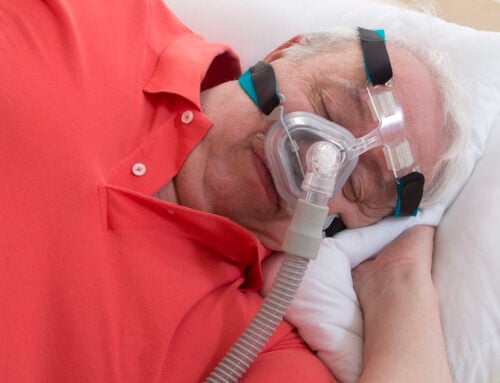Keeping Bones Strong With Exercise
Exercise can help prevent or slow down osteoporosis by improving bone density and strength. Weight-bearing exercises such as walking, jogging, and weightlifting can stimulate bone growth and reduce the risk of fractures. Resistance training can also help by putting stress on bones, encouraging strengthening. Additionally, exercise can improve balance and coordination, reducing the likelihood of falls that can result in fractures.

Aging slowly
As a person ages, the likelihood of developing bone health disorders increases, especially for women. Bone health disorders such as osteopenia and osteoporosis affect the strength and health of bones. However, weight-bearing exercises can help preserve the overall health of bones.
What is your T-score?
A bone mineral density (BMD) T-score is a measure of the amount of bone mineral density in the body compared to that of a healthy 30-year-old adult. The T-score is used to diagnose osteoporosis and determine the risk of fractures. A T-score of -1.0 or above is considered normal, while a T-score between -1.0 and -2.5 indicates osteopenia and a T-score of -2.5 or below indicates osteoporosis. A BMD test can be performed using a DXA scan, which is a painless and non-invasive procedure.
Understanding osteoporosis
People with osteoporosis have lower bone density, with a T-score of -2.5 or lower. With osteoporosis, women and men may start showing symptoms such as severe back pain, height loss, stooped posture, and increased fractures or broken bones. Sometimes, osteoporosis can be silent and show no symptoms.
Bone benefits of exercise
Working out does not negatively affect osteopenia and osteoporosis. Instead, exercise results in muscles and bones becoming strong, balance and posture improving, and a reduced risk of fractures. Various workouts, such as strength training, flexibility, stability and balance, and weight-bearing exercises, may appeal to people with osteoporosis. Some workouts may not be suitable for a patient due to the severity of the bone disorder. Therefore, before starting any physical activity, consult a healthcare provider.
Walking daily
Weight-bearing exercises help strengthen the upper and lower limbs and back muscles and bones. Yoga, tai-chi, dancing, walking, hiking, golf, racquet sports, and strength training are examples of weight-bearing exercises. Regular exercise may improve bone density and delay bone loss progression. Dancing and strength training will help with balance and poor posture.
Opt out of high-impact exercise
With osteoporosis, there is still some restriction to performing certain activities. A person with osteoporosis may need to avoid high-impact exercises such as jogging, running, and jumping. Weak bones can make high-impact activities a risk for fractures. Activities that require bending and twisting should also be avoided, as spine fractures may occur.
Strengthen and preserve bone health
Weight-bearing exercises can make a noticeable difference for people with osteopenia or osteoporosis. The exercises strengthen muscles and bones and maintain bone health. A healthy lifestyle and diet are also important factors for preserving bone health. With the right approach to exercise, strong bones are possible.




